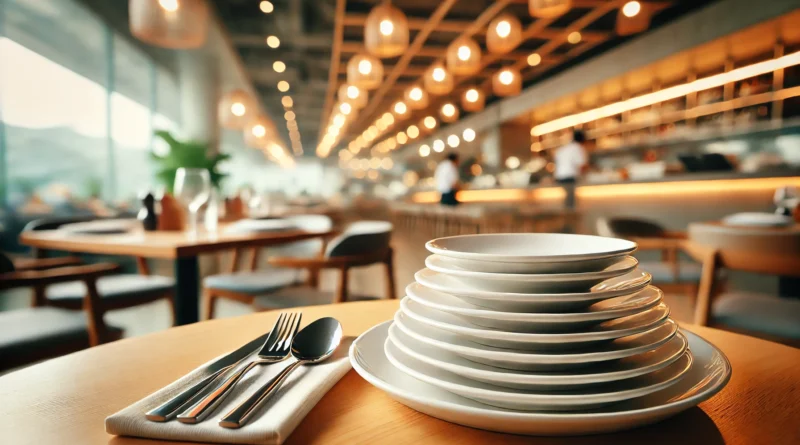Stacking Dishes at a Restaurant: Helpful Gesture or Hindrance?
Dining out often leads to a situation where you want to be helpful to the restaurant staff. One common instinct is to stack dirty dishes at the end of a meal to “help” clear the table faster. But does this gesture actually assist restaurant staff, or could it slow them down? Opinions on this topic vary, with both pros and cons to consider.
The Case for Stacking Dishes
For diners, stacking dishes is often seen as a courteous gesture. Many customers believe that by organizing their dishes, they make the server’s job easier, allowing them to clear the table more quickly and efficiently. In fast-paced environments, this can help free up a table for the next guest faster, which may seem like a win-win situation.
Servers who appreciate stacked dishes argue that it shows attentiveness and care from the customer. Particularly in casual dining environments, where waitstaff may be juggling multiple tasks, organized dishes can save time, especially when the restaurant is busy. Some restaurant workers even see it as a sign of good manners and feel that it fosters a more collaborative dining experience.
The Downsides of Stacking Dishes
On the flip side, many restaurant professionals caution against stacking dishes. In some cases, stacking can disrupt the server’s workflow. Servers and bussers are often trained in specific ways to carry dishes and stack them safely to prevent spills, breakage, or food remnants being dropped on the table. When customers stack plates themselves, they may not do it in a way that aligns with the restaurant’s procedures.
Improper stacking can lead to dishes being too heavy, lopsided, or precariously balanced. This forces the server to undo the customer’s work and restack the dishes correctly, which adds more time to the table-clearing process. Some servers also point out that customers may not realize which items should go back to the kitchen, like bread baskets, sauce containers, or napkin holders, leading to confusion.
In upscale dining environments, where customer service is more formalized, servers often prefer to handle everything themselves. Here, stacking plates might disrupt the flow of the meal or interfere with a server’s well-rehearsed routine. In such cases, guests stacking dishes might even be considered a breach of etiquette.
What Do Restaurant Workers Say?
Restaurant staff opinions are divided. Some servers welcome the gesture, especially during rush hours, while others prefer to handle dish clearing on their own terms.
A Reddit thread on this topic saw mixed responses from restaurant workers. One server mentioned, “If the dishes are stacked neatly and not overloaded, I find it helpful, but only if the customer does it carefully.” Another commented, “It drives me crazy when people stack plates wrong. It just creates more work for me.”
In a survey conducted by Eater, many restaurant workers voiced a preference for leaving the plates as they are. They argue that while customers have good intentions, it’s more efficient for staff to handle clearing tables themselves. After all, they are trained to do it quickly and safely.
Conclusion: To Stack or Not to Stack?
Ultimately, whether or not you should stack dishes comes down to the type of restaurant and the individual server’s preferences. In casual dining spots, it might be appreciated, but in fine dining, it’s likely better to let the staff handle things. If you’re unsure, a good rule of thumb is to simply ask your server if they’d prefer you to leave the dishes as they are. This way, you can ensure you’re being helpful rather than unintentionally slowing them down.




